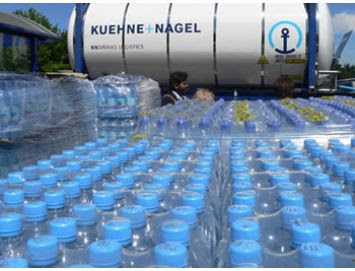
It has been said in past years that an individual’s emotions and psychological well-being can have a significant effect on our physical health, that said they can have can have an effect on our backs. In general it is factors such as anxiety, stress and negative mood and emotions that increase the chance of developing back problems. These factors can greatly increase the chance of a spell of acute back pain turning into chronic back pain. The main type of individual that this effect s is the ‘Downer’, the individual that always applies a negative attitude onto a situation. “the glass is half full” rather than “the glass is half full”.
The reasons for this type of attitudes affecting a person’s physical health are not completely understood but can be put into two sections. Behavioural would be the first. A person with acute back pain often start to limit their movements, to try and avoid triggering additional pain, these hesitant movements promote unnatural stiffness & inactivity that in turn causes more pain.
The second would be depression. Symptoms of chronic pain and depression share some of the same biochemical roots.
These two sections can also be changed. By improving how an individual feels about themselves, it is possible to relieve some of the pain and prevent a stint of acute pain becoming chronic.
FACT
Not only is low back pain the most common cause of work-related disability for people under age 45, but it is also the most costly, with most of these expenses from workers' compensation payments and medical bills.



































